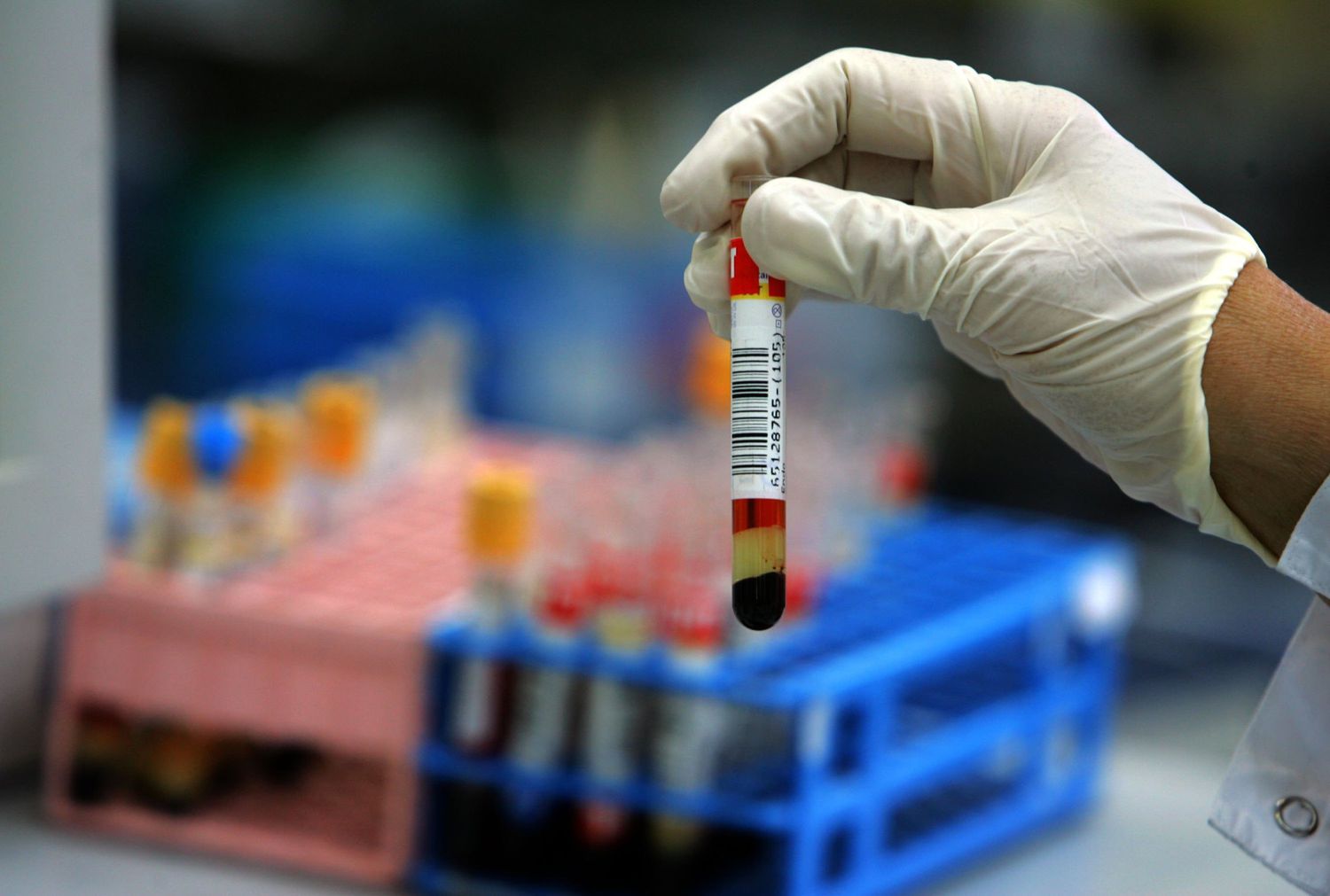
What is a Bodansky Unit? A Bodansky Unit measures the activity of the enzyme alkaline phosphatase in blood. This enzyme plays a crucial role in breaking down proteins and is found in various tissues, including the liver and bones. High levels of alkaline phosphatase can indicate liver disease, bone disorders, or other medical conditions. Named after the American biochemist Aaron Bodansky, this unit helps doctors diagnose and monitor these health issues. Understanding Bodansky Units can provide valuable insights into your overall health, making it an essential tool in medical diagnostics. Ready to learn more? Let's dive into 25 intriguing facts about Bodansky Units!
Key Takeaways:
- Bodansky Units measure alkaline phosphatase activity in the body, helping diagnose liver disease, bone disorders, and bile duct obstructions. It was named after Aaron Bodansky, a biochemist who revolutionized enzyme activity measurement.
- Bodansky Units are crucial in diagnosing liver damage, bone disorders, and bile duct obstructions. They are measured through a chemical reaction in blood samples, providing valuable insights for medical professionals.
What is a Bodansky Unit?
A Bodansky Unit measures the activity of alkaline phosphatase, an enzyme found in various tissues, including the liver and bones. This unit helps diagnose and monitor certain medical conditions. Here are some intriguing facts about Bodansky Units:
-
Named After a Scientist: The unit is named after Aaron Bodansky, an American biochemist who developed the method for measuring alkaline phosphatase activity.
-
Enzyme Activity: One Bodansky Unit equals the amount of enzyme that liberates 1 mg of phenol from disodium phenyl phosphate in 30 minutes at 37°C.
-
Medical Relevance: Elevated Bodansky Units can indicate liver disease, bone disorders, or bile duct obstructions.
-
Historical Context: Introduced in the early 20th century, Bodansky's method revolutionized enzyme activity measurement in clinical settings.
-
Standardization: The Bodansky Unit provided a standardized way to measure alkaline phosphatase, making it easier for doctors to compare results across different labs.
How Bodansky Units Are Measured
Understanding how Bodansky Units are measured can provide insight into their importance in medical diagnostics.
-
Sample Collection: Blood samples are typically used to measure Bodansky Units.
-
Chemical Reaction: The test involves a chemical reaction where alkaline phosphatase breaks down a substrate, releasing phenol.
-
Color Change: The amount of phenol released causes a color change, which is measured spectrophotometrically.
-
Calibration: The spectrophotometer is calibrated using known standards to ensure accurate measurements.
-
Temperature Control: The reaction is carried out at a controlled temperature of 37°C to mimic body conditions.
Clinical Significance of Bodansky Units
Bodansky Units play a crucial role in diagnosing and monitoring various medical conditions.
-
Liver Function Tests: High Bodansky Units can indicate liver damage or disease, such as hepatitis or cirrhosis.
-
Bone Disorders: Conditions like Paget's disease or osteomalacia can cause elevated Bodansky Units due to increased bone turnover.
-
Bile Duct Obstruction: Blockages in the bile duct can lead to increased alkaline phosphatase activity, reflected in higher Bodansky Units.
-
Pregnancy: Pregnant women may have elevated Bodansky Units due to increased placental alkaline phosphatase.
-
Growth Spurts: Children and adolescents may show higher Bodansky Units during periods of rapid growth.
Comparing Bodansky Units with Other Measurements
While Bodansky Units are widely used, other methods also measure alkaline phosphatase activity.
-
King-Armstrong Units: Another method for measuring alkaline phosphatase, differing in the substrate used and the reaction conditions.
-
International Units (IU): A more modern and globally accepted unit for enzyme activity, including alkaline phosphatase.
-
Bessey-Lowry-Brock Method: An alternative method that uses p-nitrophenyl phosphate as the substrate.
-
Advantages: Bodansky Units offer simplicity and ease of use, making them popular in many clinical labs.
-
Limitations: Some newer methods may provide more precise measurements or be more suitable for automated systems.
Interesting Tidbits About Bodansky Units
Here are some lesser-known facts that highlight the unique aspects of Bodansky Units.
-
Historical Impact: Bodansky's work laid the foundation for modern clinical enzymology.
-
Educational Value: Medical students often learn about Bodansky Units as part of their biochemistry and clinical pathology courses.
-
Research Applications: Researchers use Bodansky Units to study enzyme kinetics and the effects of various drugs on alkaline phosphatase activity.
-
Global Use: Despite the availability of newer methods, Bodansky Units remain in use in many parts of the world.
-
Legacy: Aaron Bodansky's contributions continue to influence medical diagnostics and research, underscoring the lasting impact of his work.
Final Thoughts on Bodansky Units
Bodansky Units, a measure of enzyme activity, play a crucial role in understanding various biochemical processes. Named after Aaron Bodansky, these units help scientists gauge the activity of enzymes like alkaline phosphatase. This enzyme is vital for many bodily functions, including bone health and liver function. By measuring Bodansky Units, researchers can diagnose and monitor conditions like bone diseases and liver disorders.
Understanding these units isn't just for scientists. Knowing about them can help anyone grasp how our bodies work and how doctors diagnose certain conditions. So, next time you hear about enzyme activity or alkaline phosphatase, you'll know a bit more about the science behind it. Keep these facts in mind, and you'll have a better appreciation for the tiny but mighty enzymes that keep us healthy.
Frequently Asked Questions
Was this page helpful?
Our commitment to delivering trustworthy and engaging content is at the heart of what we do. Each fact on our site is contributed by real users like you, bringing a wealth of diverse insights and information. To ensure the highest standards of accuracy and reliability, our dedicated editors meticulously review each submission. This process guarantees that the facts we share are not only fascinating but also credible. Trust in our commitment to quality and authenticity as you explore and learn with us.
